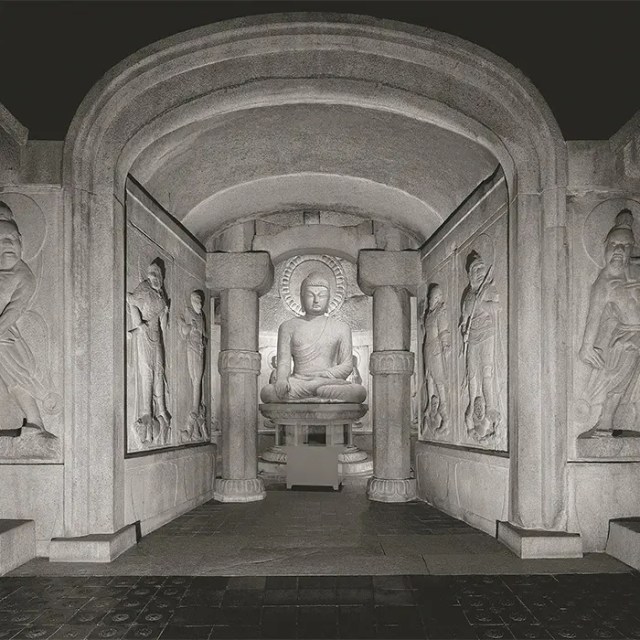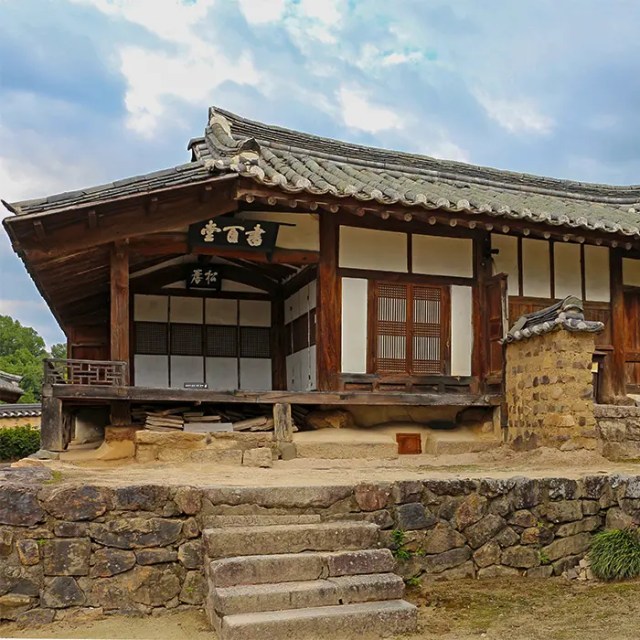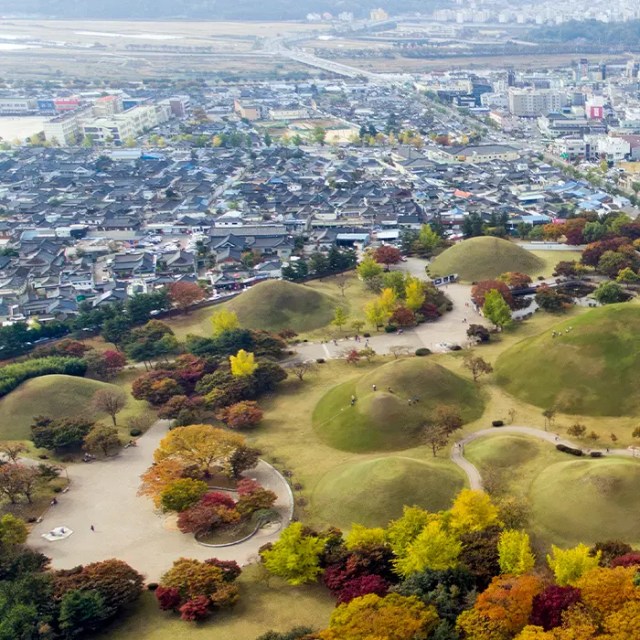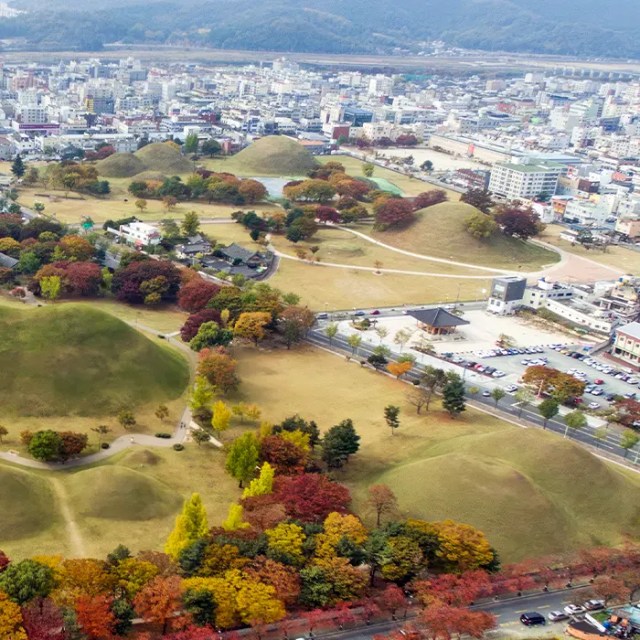Also known as Seorabeol, is a coastal city located in the far southeastern corner of North Gyeongsang Province. With an area of 1,324 square kilometers, it is the second-largest city in the province. To the east lies the picturesque coast of the Sea of Japan.
Historically, Gyeongju served as the capital of the ancient kingdom of Silla from 57 BC to 935 AD. For nearly a thousand years, it was the political, economic, and cultural center of Silla, which ruled over a significant portion of the Korean peninsula. During its heyday between the 7th and 9th centuries, Silla was a prosperous and influential country, and Gyeongju itself was considered one of the largest cities in the world. Today, the city showcases an abundance of archaeological sites and cultural properties from this period, earning it the nickname “the museum without walls.“
Gyeongju’s landscape is adorned with numerous low mountains, and remnants of the Taebaek range, which add to the natural beauty of the city. These mountains provide opportunities for outdoor activities and scenic hikes.























































